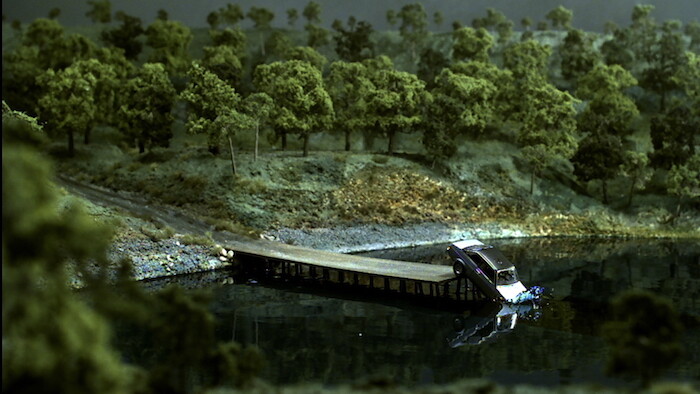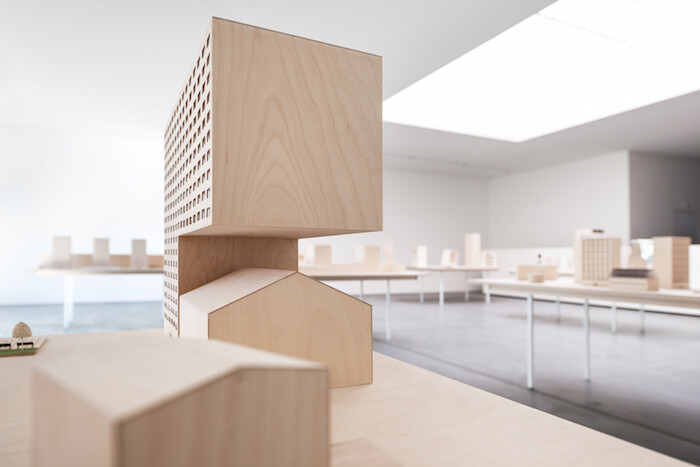There are countless jokes about modern art being ridiculously boring and about people only being into it to distinguish themselves from the unrefined, who expect from art what hungry people expect from food.
When people keep making fun of you, you can pretend not to listen, or you can start making fun of yourself. But in both cases, your stance is a reactive one. To undermine the twitting, you better create some ambiguity: are you really being serious with that boring stuff, or are you just making fun of yourself?
Since the breakthrough of Marcel Duchamp, most art that is canonically understood as good is fueled by such an ambiguity. The dubious balance between serious and silly itself became a predictable formula. Which made it tempting for some artists to stand out by insisting on being boringly meaningful or boringly silly. In those cases, it’s less a reaction to outsiders making fun of them than to the well-balanced ambiguity of the other artists.
The works of the British artists John Wood and Paul Harrison play on the boringly silly side. Their current show at von Bartha, “Some things are undesigned,” is no exception: a painting with the words “LEFT AND RIGHT” in one line (Left and Right, 2012); a painting with the words “ONE LINER” in one line (One Liner, 2009); a pencil sharpener with a butt of a pencil too short to be sharpened any more (Pencil Sharpener, 2015); a video of a model car driving in slow motion into a model lake (Car Lake, 2014); a video of a Semi Automatic Painting Machine (2014) spraying three little flags at a time… Even the impressive number of 50 works—encompassing a wide range of media and formats, all neatly hung and positioned—feels like a lame joke.
The most prominent piece in the show, A Film About a City (2015), contains dozens of architectural models that are arranged on 10 tables. Again, each scene looks like a lame joke: people piled up on a big ramp that leads to nowhere; a house that contains nothing but a tree; a sole, spacious apartment on top of a slim tower; an endless queue leading into and out of a building; a church surrounded by four buildings with mirrored facades; a high-rise with a meadow and a small orange tent on top; a building that is lifted on one side; and a gigantic billboard, downside green, upside blue, as an abstract horizon.
Other models in the exhibition—an old tennis court, a stranded hovercraft—are very elaborate, while those of A Film About a City resemble the sketchy ones of architectural offices: the buildings are made of plywood, the cars and pedestrians of white plastic. Corresponding with their professional realism, Wood and Harrison’s models are not far from what urban architecture today actually looks like.
The postindustrial city is meant to be a park, both for residents and for tourists. When listening to developers of new urban areas speak, they make it sound as if buildings serve foremost as scenic objects that allow people to stroll around them. Every junction serves as a point of decision, every queue and dead end as a spectacle.
Still, similar to the common park experience, urban design wants you to focus on the things that don’t move, not on random encounters with other beings. While in the park, it’s the lonely stranger—human or other animal—that is regarded as a potential danger; in the city it’s the accumulation of mass that could jam the streets and stop you from commuting and buying.
Buildings might appear as follies from the outside, but inside they are all ordinary offices, apartments, and shops. Their facades might be just as abstract and minimal as most of the artworks that decorate them on the inside, but similar to trees, buildings function by themselves and cannot be moved. For at least the past few decades, making a building is irreversible, even when its outside appearance is boringly serious or silly.
It’s no surprise that many architects have adopted the classical habitus of an important artist, while artists since Duchamp prefer to be regarded as chess players, double agents, and other tricksters—even when their work is obviously silly.










